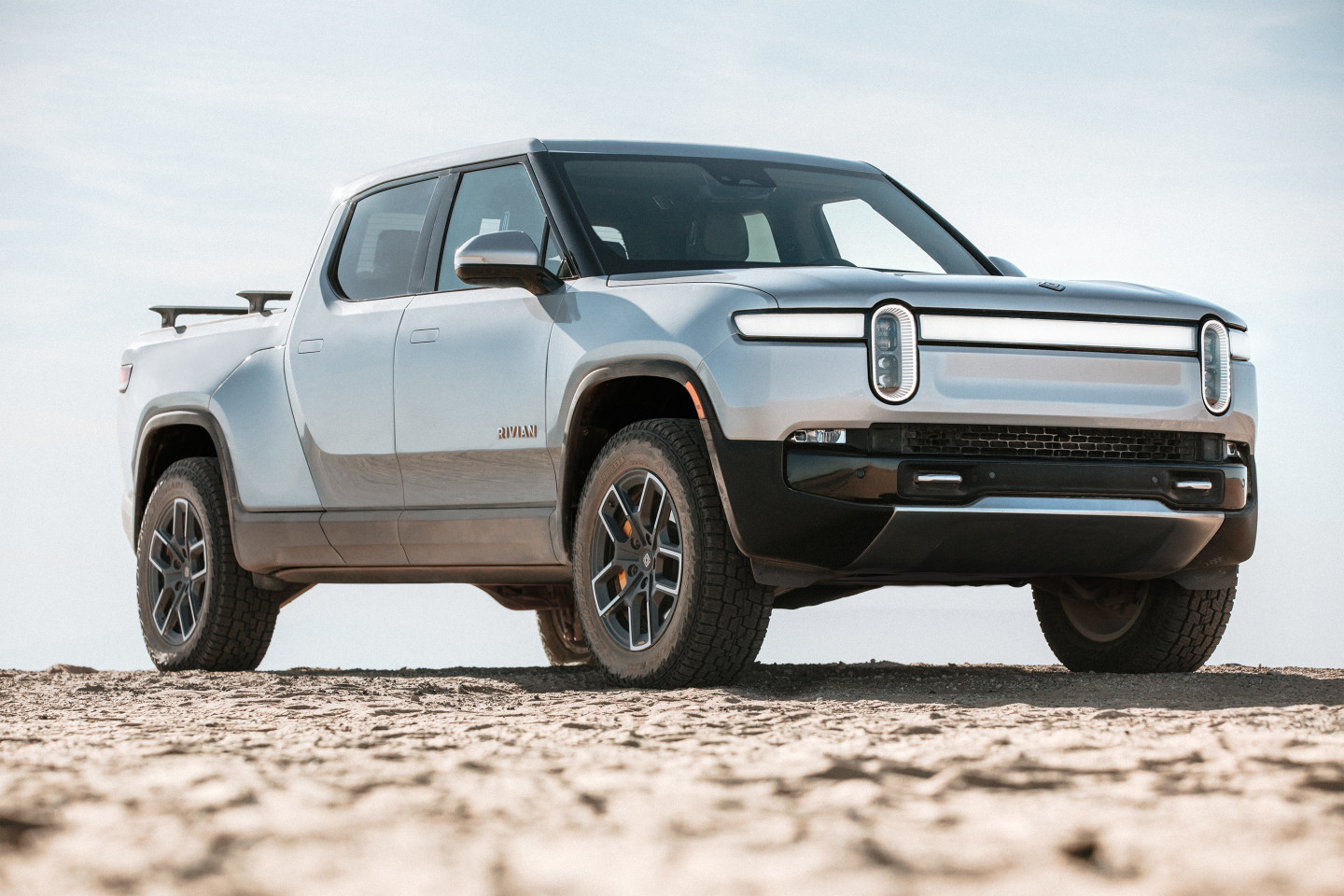One of the Biden administration’s climate goals is a push for electric vehicles. The president’s stated goal is to get 50% of cars sold in the U.S. to be electric by 2030.
That’s an ambitious goal – in Texas, EVs make up about 1% of the 22 million vehicles registered in the state. But new incentives, like tax credits for consumers and funding for businesses to build charging stations, are part of a plan to boost interest in electric vehicles.
“So if you think about what we went through more than a century ago, I assume at this point with the standing up of gas station infrastructure across the country and highway systems, the United States is sort of preparing itself for a second run at that. But this time with electricity instead of oil,” said Dom DiFurio, business reporter for The Dallas Morning News.
Listen to the interview above or read the transcript below.
This transcript has been edited lightly for clarity:
Texas Standard: 50% of car sales being electric vehicles is a pretty ambitious goal. How does the president propose we get there?
Dom DiFurio: What that would require millions more vehicles, more electric vehicles, specifically on the road over the next eight years, and that would be up from fewer than 1% of the 22 million total vehicles registered in the state that are currently on the road. So we have a long ways to go in a state like Texas with a large population.
How is the administration trying to stimulate interest in EVs in the first place?
Congress did pass a slew of incentives here recently that they’ve been talking about for quite some time. This includes up to $12.000 in tax credits when you buy electric from certain manufacturers. But part of the reason infrastructure bill also includes tons and tons of money for infrastructure and investments in upgrades. So if you think about, more than a century ago, the standing up of gas station infrastructure across the country and highway systems, the United States is preparing itself for a second run at that. But this time with electricity instead of oil, and we’re going to need thousands more charging stations and preferably, fast charging stations, the kind that can charge your electric vehicle in 30 to 45 minutes to about 80%.
Those, I’m told, are pretty expensive. They can run $15,000 each, sometimes as much as 20 grand just for a charging station. And then, of course, you’ve got to handle the power behind them. But Texas is going to is going to receive $408 million pretty soon to put towards charging stations. But it’s going to be interesting to see how that helps with fostering more confidence in buying electric.
You have a lot of Texans, they look at Tesla – cool car – but we’re a truck-driving state. It’s the number one state for trucks. Are Texans going to be willing to go with a sedan and leave their trucks behind?
You watch the new Biden administration come in and make this sort of a priority. He’s out there driving around the [Ford] F-150 Lightning [electric truck] on a track near the airport? There are just so many new models of cars being introduced to the market recently. And we’re expecting to see dozens, if not hundreds more over the coming years. And the trucks that are coming out are objectively pretty impressive – incredible pickup time. They have the power, they have some proven range. You’ve got some new big players on the scene like Rivian.
There’s so much more choice coming on the market now. And I think it’s interesting to see that this is all happening at the same time. You can very much see EV adoption picking up.
I talked to a couple of experts about sort of a chicken-and-egg-type dilemma. It’s this concept called range anxiety that experts talk about – that anxious feeling when you’re thinking about switching over to electric. If I go on a long trip, am I going to be stranded in the middle of the Texas highway with nowhere to charge and nothing to do? But that concern could be assuaged with more of this fast charging electric infrastructure.













